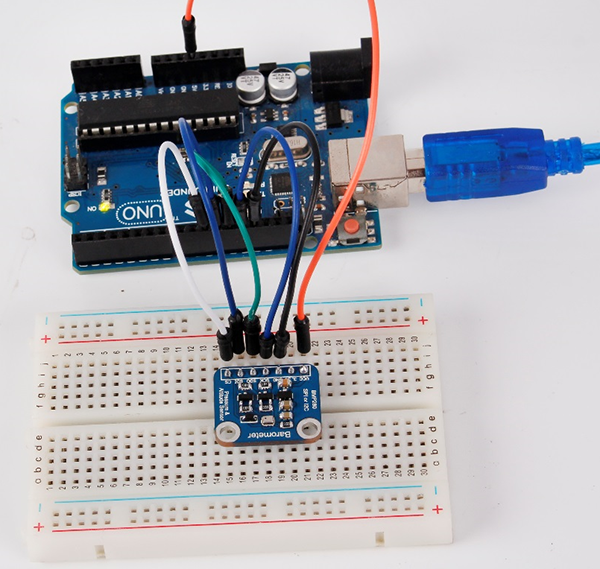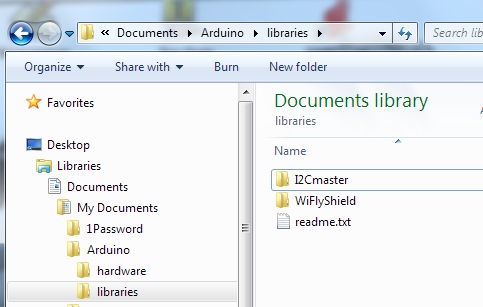
 I didn't connect the extra grounds, or the antenna line here either. receiver connected to 5v, gnd and signal(pin 9). transmitter connected to 3.3v, gnd and signal(pin 10). Receiver connected to an arduino uno redboard from the inventor's kit. Transmitter connected to an arduino pro mini 3.3v, 8 mHz Ok, I spent a day getting this working, thought it might help to lay out what worked for the next person. You shouldn’t have a problem with the library though even though it is EOL. I found out in the middle of updating the code. Note 3: I am aware that the Virtual Library is EOL and that the RadioHead library supersedes it. A better and more secure option might be to use the XBee Series 1 Wireless Modules. Note 2: The RF Links are cheap wireless modules so you might get some intermittent data transmission/ corrupt data after a certain distance. Something was modified in the compiler or how a function was defined in the Arduino IDE. This has something to do with the shift in versions from Arduino’s 0023 to the Arduino 1.0 and above. You can verify it by checking the ASCII table and it will show that the hexadecimal value that was sent is indeed the character that was sent from the receiver. When compiled with Arduino 1.0.6, you get an hex value and a space that is related to the ASCII character that was sent. Note 1: It seems like when the receiver code is compiled with Arduino 0023 that the characters sent show a character and a space right after it in the serial monitor. It will only light up when it sees the number “4”. An example is if you send a string of characters “Pin 4,” the receiver LED will not light up when the characters “Pin ” is sent. One thing to note is that the associated LED will not light up on the receiver end if you do not have the associated character to check if it is what is received. When the button is pressed from the transmitter side, the corresponding LED on this side will light up on pin 8. Pin 2 of your Arduino should connect to pin 2 of your RF Link Receiver 434MHz. When a button is pressed on the transmitter, the corresponding LED should light up on the receiver and a character will be sent.
I didn't connect the extra grounds, or the antenna line here either. receiver connected to 5v, gnd and signal(pin 9). transmitter connected to 3.3v, gnd and signal(pin 10). Receiver connected to an arduino uno redboard from the inventor's kit. Transmitter connected to an arduino pro mini 3.3v, 8 mHz Ok, I spent a day getting this working, thought it might help to lay out what worked for the next person. You shouldn’t have a problem with the library though even though it is EOL. I found out in the middle of updating the code. Note 3: I am aware that the Virtual Library is EOL and that the RadioHead library supersedes it. A better and more secure option might be to use the XBee Series 1 Wireless Modules. Note 2: The RF Links are cheap wireless modules so you might get some intermittent data transmission/ corrupt data after a certain distance. Something was modified in the compiler or how a function was defined in the Arduino IDE. This has something to do with the shift in versions from Arduino’s 0023 to the Arduino 1.0 and above. You can verify it by checking the ASCII table and it will show that the hexadecimal value that was sent is indeed the character that was sent from the receiver. When compiled with Arduino 1.0.6, you get an hex value and a space that is related to the ASCII character that was sent. Note 1: It seems like when the receiver code is compiled with Arduino 0023 that the characters sent show a character and a space right after it in the serial monitor. It will only light up when it sees the number “4”. An example is if you send a string of characters “Pin 4,” the receiver LED will not light up when the characters “Pin ” is sent. One thing to note is that the associated LED will not light up on the receiver end if you do not have the associated character to check if it is what is received. When the button is pressed from the transmitter side, the corresponding LED on this side will light up on pin 8. Pin 2 of your Arduino should connect to pin 2 of your RF Link Receiver 434MHz. When a button is pressed on the transmitter, the corresponding LED should light up on the receiver and a character will be sent. 
Button is connected to the transmitting Arduino on pin 8 separate from the RF Link Transmitter. Pin 3 of your Arduino should connect to pin 2 of your RF Link Transmitter 434MHz.

This is the setup which will work with either RF Link frequency band. The example code used with the an Arduino microcontroller explains the setup for each RF Link. This library worked with both Arduino 0023 and Arduino 1.0.6. I was able to get it working with this library => VirtualWire 1.20.

However, I have tested the RF modules with the VirtualWire librarie and Arduino 1.0.6 IDE software. To ensure that the RF links are working, we recommend trying to get the RF links working with our example code first.








 0 kommentar(er)
0 kommentar(er)
